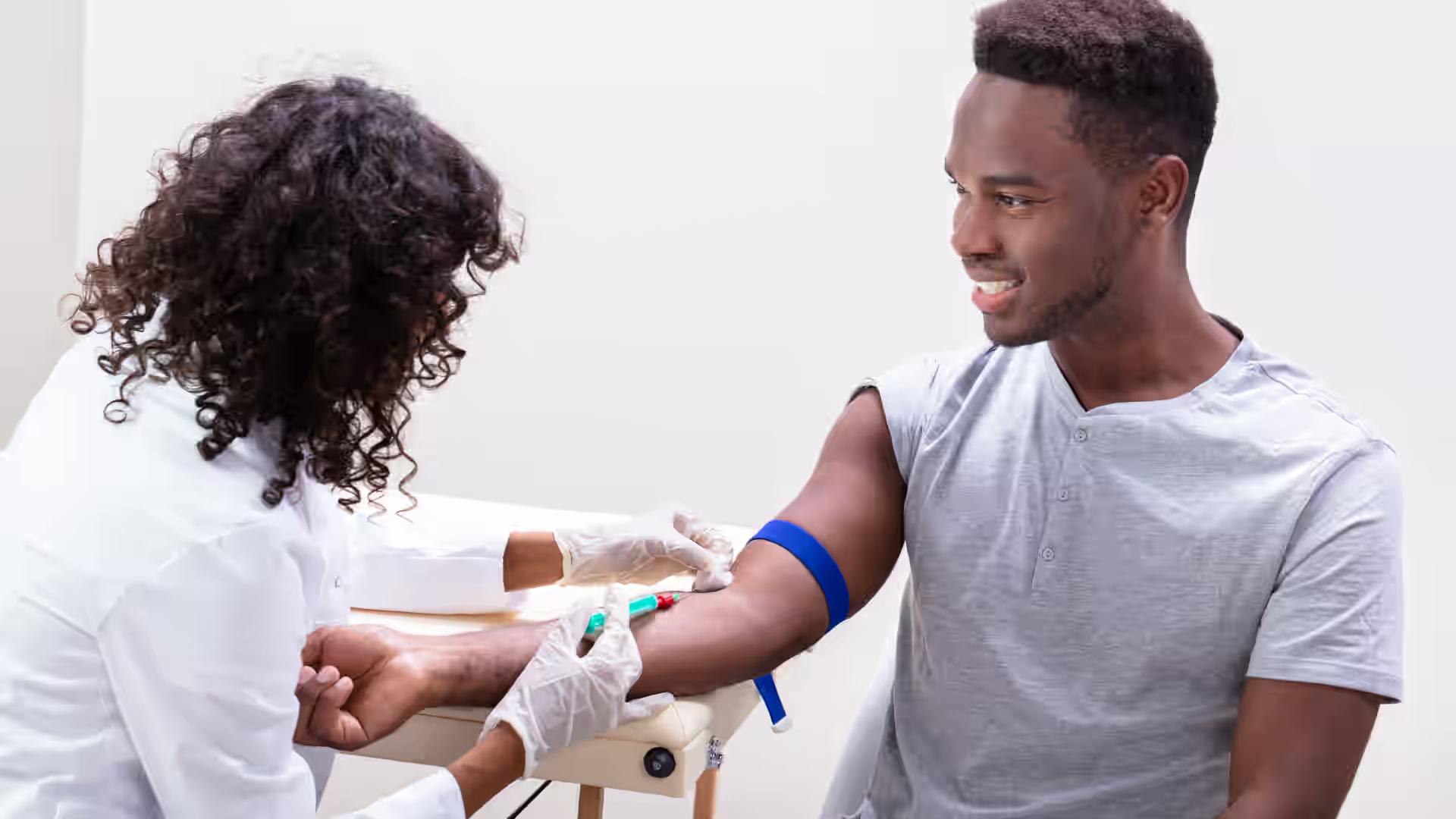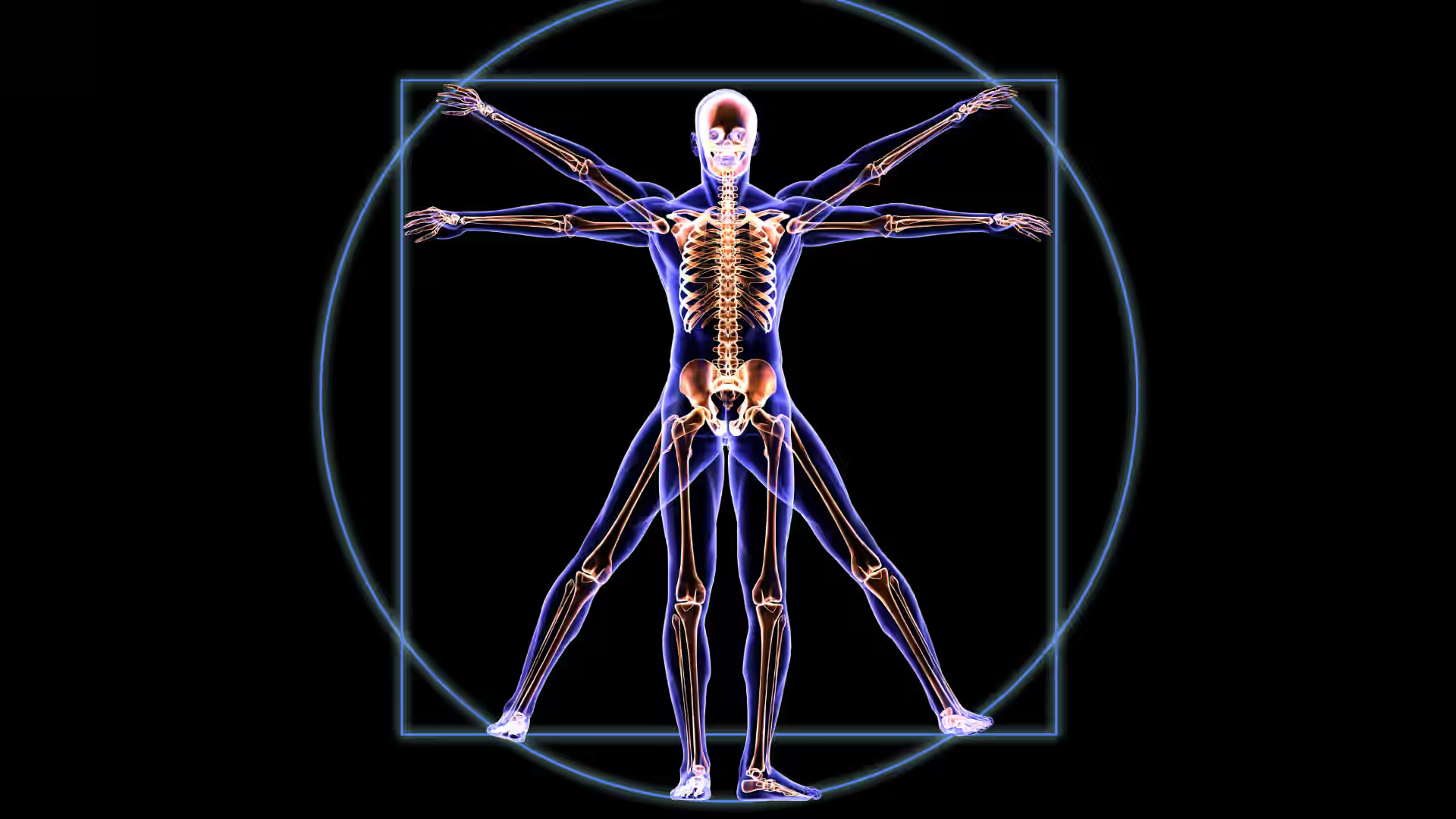Helicobacter pylori (or H. pylori) infection is one of the most prevalent bacterial infections worldwide and is associated with a significant number of peptic ulcer disease (PUD) cases in the United States. If not addressed, chronic inflammation of the stomach lining due to H. pylori may increase the risk of developing gastric cancer.
Medical treatment with antibiotics and proton pump inhibitors (PPIs) is important for managing an underlying H. pylori infection. However, dietary choices may help support the body's natural defenses and contribute to symptom relief and reduced severity. This article explores how diet and personalized nutrition strategies can play a supportive role in managing H. pylori.
[signup]
Understanding H. pylori Infection
H. pylori is a gram-negative, spiral bacterium found in the stomach. H. pylori infection is highly prevalent in developing countries with low socioeconomic status. It is commonly contracted during childhood and transmitted through the fecal-oral and oral-oral routes. It can thrive in the stomach's harsh, acidic environment and may contribute to chronic inflammation of the gastric lining.
An underlying H. pylori infection is often asymptomatic. However, it can present with the following clinical symptoms:
- Indigestion
- Nausea & Vomiting
- Abdominal Pain
- Loss of Appetite
- Unintentional Weight Loss
If not managed, an active H. pylori infection can progress from gastritis and PUD to gastric cancer or gastric lymphoma. Given the potential risk associated with developing stomach cancer, it is important to create a comprehensive management strategy supported by dietary choices to promote overall well-being.
Medical Treatment for H. pylori Infection
Conventional treatment of H. pylori infection includes a combination of at least two (2) antibiotics and acid-suppressing medication. Two antibiotics are used at once to help prevent antibiotic resistance. Acid-suppressing drugs such as proton pump inhibitors (PPIs) are used concomitantly to reduce the production of stomach acid and increase gastric pH.
Lowering the stomach pH is essential for the antibiotics to be effective. This treatment strategy is known as triple therapy, and it aims to increase therapeutic effectiveness and minimize the risk of developing antibiotic resistance.
First-line Therapy of H. pylori
PPI + Clarithromycin + Amoxicillin or Metronidazole + Bismuth Compounds for 14 days
Second-line Therapy of H. pylori (if treatment failure with first-line therapy)
PPI + Tetracycline + Metronidazole + Bismuth Compounds for 14 days
Risks of Treatment
The risk of developing antibiotic resistance is a common challenge when managing an active H. pylori infection, specifically resistance to clarithromycin therapy. It is critical to retest for H. pylori four (4) weeks after completing antibiotics with a urea breath test or stool test to ensure the bacterium has been successfully managed.
Antibiotics are known for disrupting the gut microbiome and causing gastrointestinal distress, such as nausea and diarrhea. Concurrently, using probiotics and modifying our diet may help enhance treatment efficacy, reducing side effects and reliance on antibiotics.
How to Use Dietary Interventions for H. pylori Management
Probiotic Foods
Oral administration of antibiotics is associated with gut microbial dysbiosis, which can result in diarrhea and gastrointestinal discomfort. Using probiotics in conjunction with antibiotic therapy for H. pylori has been shown to significantly reduce the incidence of antibiotic-associated diarrhea.
Consuming probiotic-rich foods during and after antibiotic treatment may support gut health and help restore healthy gut microbiota disturbed by antibiotics. Probiotics may increase the production of anti-inflammatory cytokines, thus potentially reducing inflammation and supporting the healing of the stomach lining.
It is important to supplement our daily diet with various food sources rich in live, active probiotic cultures to increase microbial diversity and replenish our gut microbiome. Some examples include:
- Yogurt: 1 cup (8 ounces) daily
- Kefir: 1 cup (8 ounces) daily
- Sauerkraut: 2-3 tablespoons daily
- Kimchi: 2-3 tablespoons daily
- Low-sugar Kombucha: 1 cup (8 ounces) daily
- Pickles: 1-2 pickles daily
Polyphenols and Antioxidant Foods
Polyphenols are bioactive compounds naturally present in colorful plant foods with potential antioxidant and anti-inflammatory properties. H. pylori may produce reactive oxygen species (ROS) in the stomach that can cause oxidative DNA damage (9) in the stomach lining.
Gastric cancer may develop due to the DNA damage associated with H. pylori. Polyphenols may help protect our body against oxidative stress from inflammation or infectious processes.
Here are some foods known for their rich antioxidant content:
Berries
- Berries are packed with polyphenols, such as flavonoids and anthocyanins, and have strong antioxidant activity that may help manage inflammation.
- Berries (commonly blueberries) are also rich in vitamin C, which may contribute to a synergistic antioxidant effect.
- Polyphenols found in cranberries may interfere with H. pylori's ability to adhere to the stomach lining and help manage the progression of the infection.
- Eating one cup of fresh berries every day may support the health of the gastric mucosa.
Green Tea
- The major polyphenol in green tea is epigallocatechin-3-gallate (EGCG), with potential antimicrobial and antioxidant properties.
- Combining EGCG with antibiotics was shown to significantly increase its antibacterial activity against the growth of H. pylori in studies.
- An average cup of green tea contains 50 to 150 mg of polyphenols.
- 2 to 3 cups of green tea daily may complement antibiotic therapy for H. pylori and support overall stomach health.
Cruciferous Vegetables
- Cruciferous vegetables such as broccoli, broccoli sprouts, Brussels sprouts, and kale are abundant in sulforaphane – a compound with potential antioxidant properties.
- Sulforaphanes may induce antioxidant enzymes (9) in the stomach and help manage oxidative damage of the stomach lining by H. pylori.
- These vegetables pack a rich nutritional punch, and one cup of cooked or raw cruciferous vegetables may support the gastric mucosa.
Polyphenols combined with triple therapy may have a synergistic effect, potentially allowing the dose of antibiotics to be lowered. They may significantly improve the management of H. pylori by reducing bacterial colonization and inflammatory damage to the stomach lining.
Food to Avoid
It is important to manage dietary choices during and after treatment of H. pylori infection to help support healing of the stomach lining. After treatment, the following foods can be reintroduced gradually and monitored for tolerance.
- Spicy Foods, including hot peppers, jalapeños, and spices/condiments, may irritate the stomach’s mucosal lining and worsen an active H. pylori infection.
- High-fat Foods, including fried food and processed meats (including bacon and sausage), may slow digestion and increase stomach acid production. A study observed that a high-fat diet can act synergistically with H. pylori infection to promote systemic inflammation and worsen symptoms.
- Alcohol may erode the mucus lining of the stomach and slow down healing during H. Pylori infection. Additionally, alcohol is contraindicated with the use of antibiotics.
- Caffeine may increase the production of stomach acid and worsen symptoms of H. Pylori infection.
Nutritional Supplements and Their Efficacy
Vitamin C is a powerful antioxidant and may help support the body's defenses against the development of gastric cancer.
- Vitamin C supplementation may be considered after completing a standard antibiotic therapy to help support the body's defenses against H. pylori.
- The recommended vitamin C dosage per day for healthy women is 75 mg per day and for men is 90 mg daily; daily intake should not exceed 2000 mg daily.
Probiotics may increase anti-inflammatory cytokines, reduce proinflammatory cytokines, and support the management of H. pylori.
- Probiotics can be used as an adjunct therapy within 2 days of the first antibiotic dose to help recolonize the gut microbiota and prevent antibiotic-associated diarrhea.
- Typically, strains of Lactobacillus and Saccharomyces can be taken in doses of 1 to 2 x 1010 CFU (10) per day during and after antibiotic therapy.
Zinc-fortified quadruple therapy may help reduce H. pylori colonization and improve the outcomes of management therapy.
Monitoring and Evaluation
Patients should consult with a healthcare professional for personalized dietary guidance and assess the impact of their diet on H. pylori infection and treatment outcomes.
Symptom Diaries
- A daily food diary detailing foods consumed with associated symptoms, including bloating, nausea, pain, and other GI issues, can be useful for adjusting dietary strategies.
- The symptom diary should be maintained throughout treatment and 4 weeks after treatment to identify symptom patterns linked to specific foods.
Follow-up Testing
- A non-invasive diagnostic urea breath test or stool antigen test must be performed at least 4 weeks after completing antibiotics and PPIs to confirm successful management of H. pylori.
- A positive test result indicates the presence of H. pylori and the need for further management.
Clinical Biomarkers
Lab testing can be used post-treatment to monitor inflammatory markers, micronutrient deficiencies, and overall gut health in response to antibiotic therapy and dietary modifications.
- GI-MAP is a comprehensive test used to determine gut microbial imbalances post-antibiotic therapy.
- Micronutrient deficiencies are common with H. pylori infections. A Micronutrient Test can be a useful tool for determining nutritional status and recommending dietary supplementation to support the body’s immune function.
- Inflammatory markers like C-reactive Protein (CRP) can be used to observe reduced inflammation, which may indicate healing of the stomach lining and symptom improvement.
[signup]
Key Takeaways
- Helicobacter pylori infection is among the most common bacterial infections worldwide, associated with gastritis and peptic ulcer disease.
- H. pylori infection can cause indigestion, nausea, vomiting, abdominal pain, loss of appetite, and weight loss.
- If not managed, chronic inflammation of the stomach lining due to H. pylori infection may increase the risk of stomach cancer.
- Conventional management of H. pylori infection includes a combination of antibiotics and proton pump inhibitors for 14 days. Bismuth compounds are added to the management regimen to help prevent treatment failure.
- Four weeks after management, a urea breath test or stool antigen test is used to confirm the successful management of H. pylori.
- While antibiotics and stomach acid suppressors are crucial for managing H. pylori, dietary interventions may improve management outcomes, alleviate the severity of symptoms, and support gut health.
- Probiotics may help restore the gut microbiome and prevent antibiotic-associated gastrointestinal distress.
- Polyphenols in berries, green tea, and cruciferous vegetables may help reduce oxidative damage and inflammation associated with H. pylori.
- Spicy foods, high-fat foods, alcohol, and caffeine may irritate the stomach lining and exacerbate symptoms and should be avoided during and after management.
- Supplementing with vitamin C, probiotics, and zinc may enhance the effectiveness of antibiotic therapy and support a healthy gut.
- Symptom diaries, follow-up H. pylori retesting, and clinical biomarkers can be used to confirm the successful management of H. pylori infection and evaluate the impact of dietary interventions on reduced inflammation and symptom improvement.






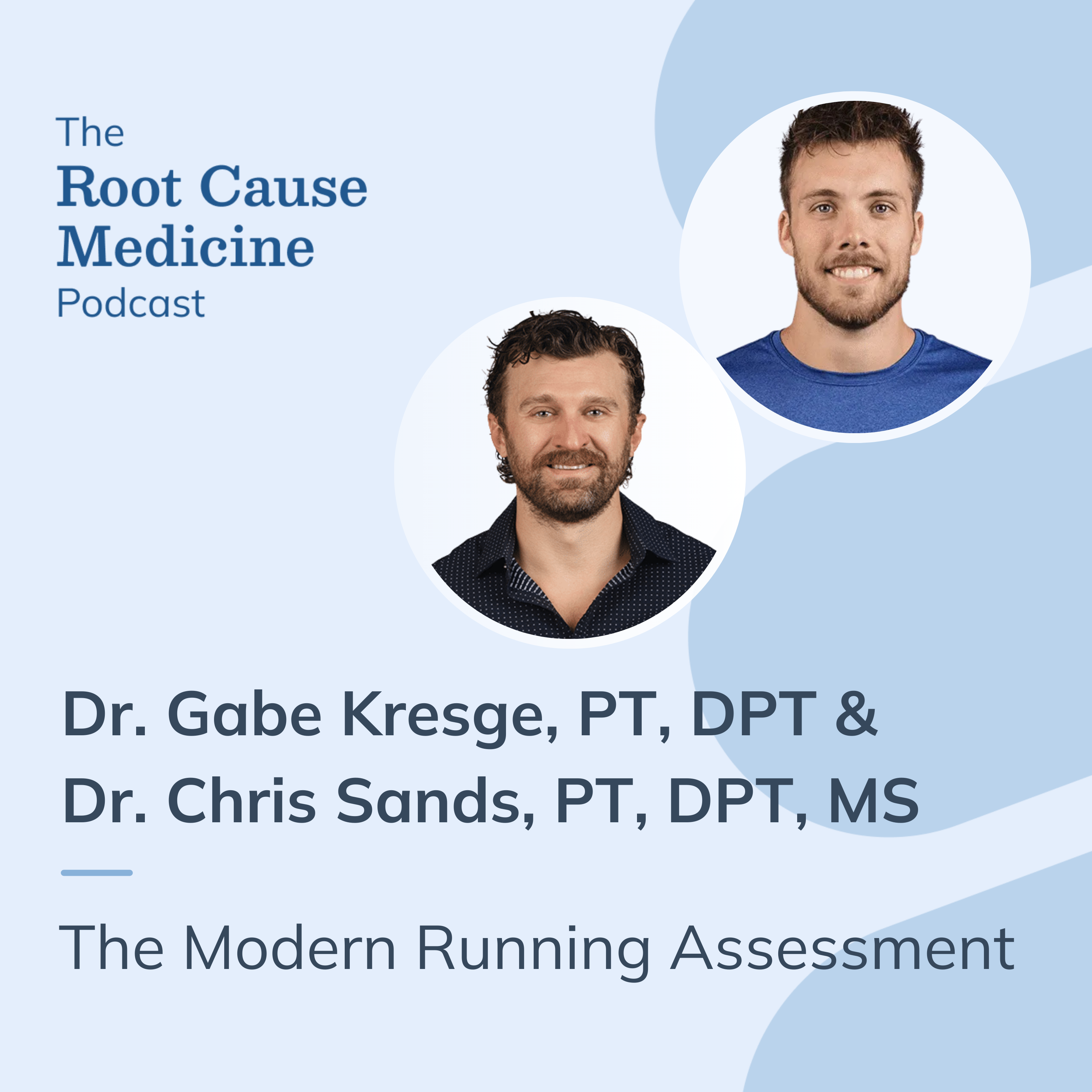
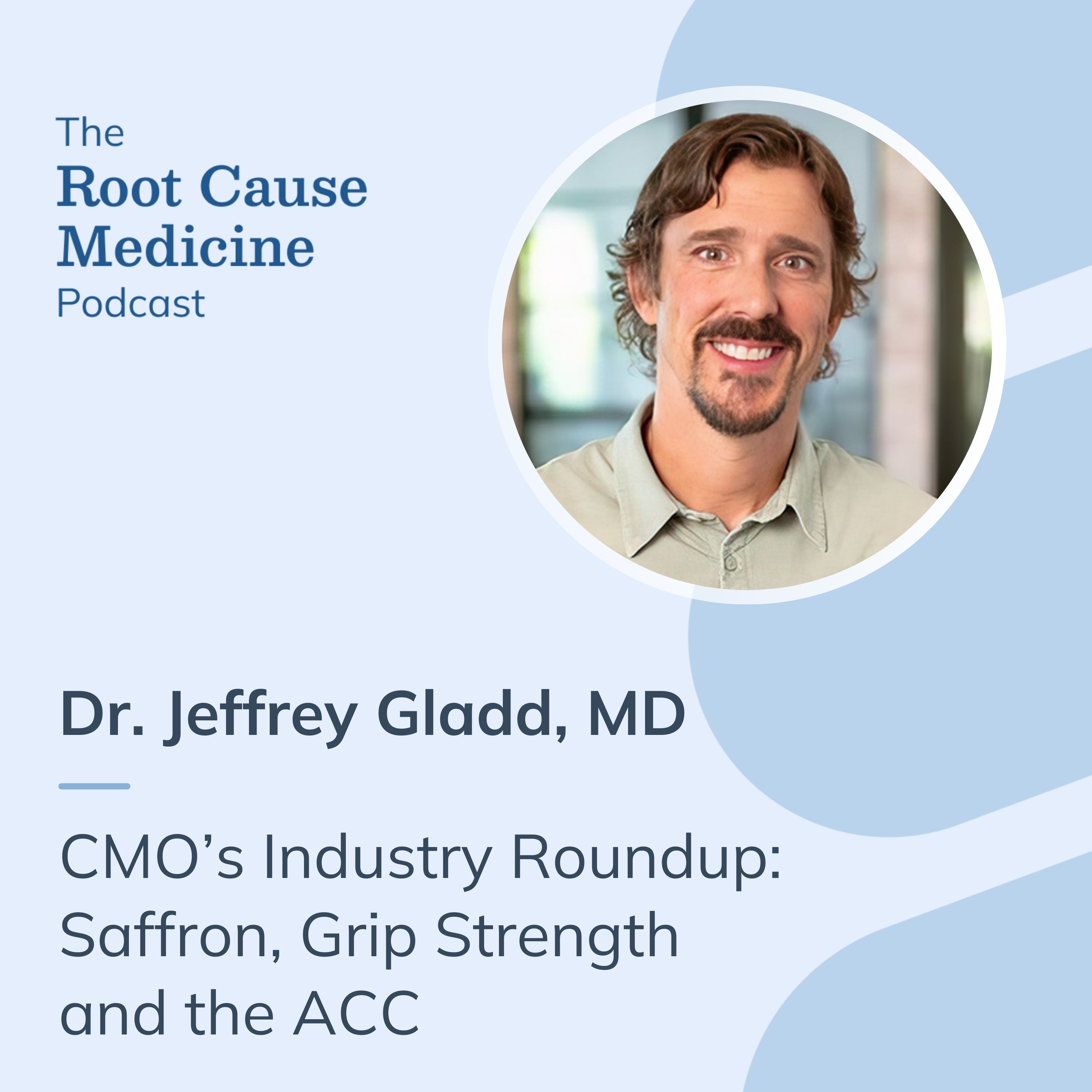
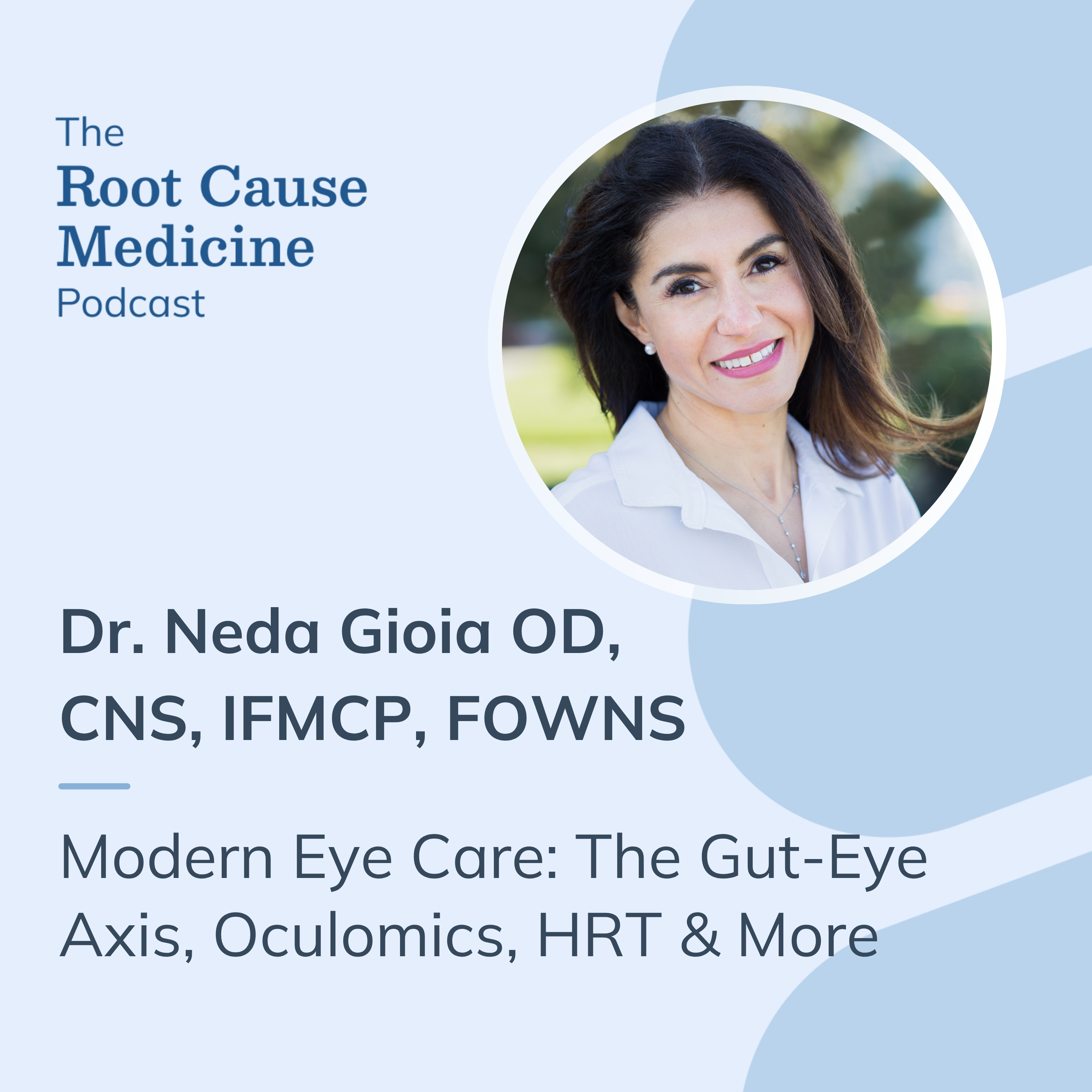
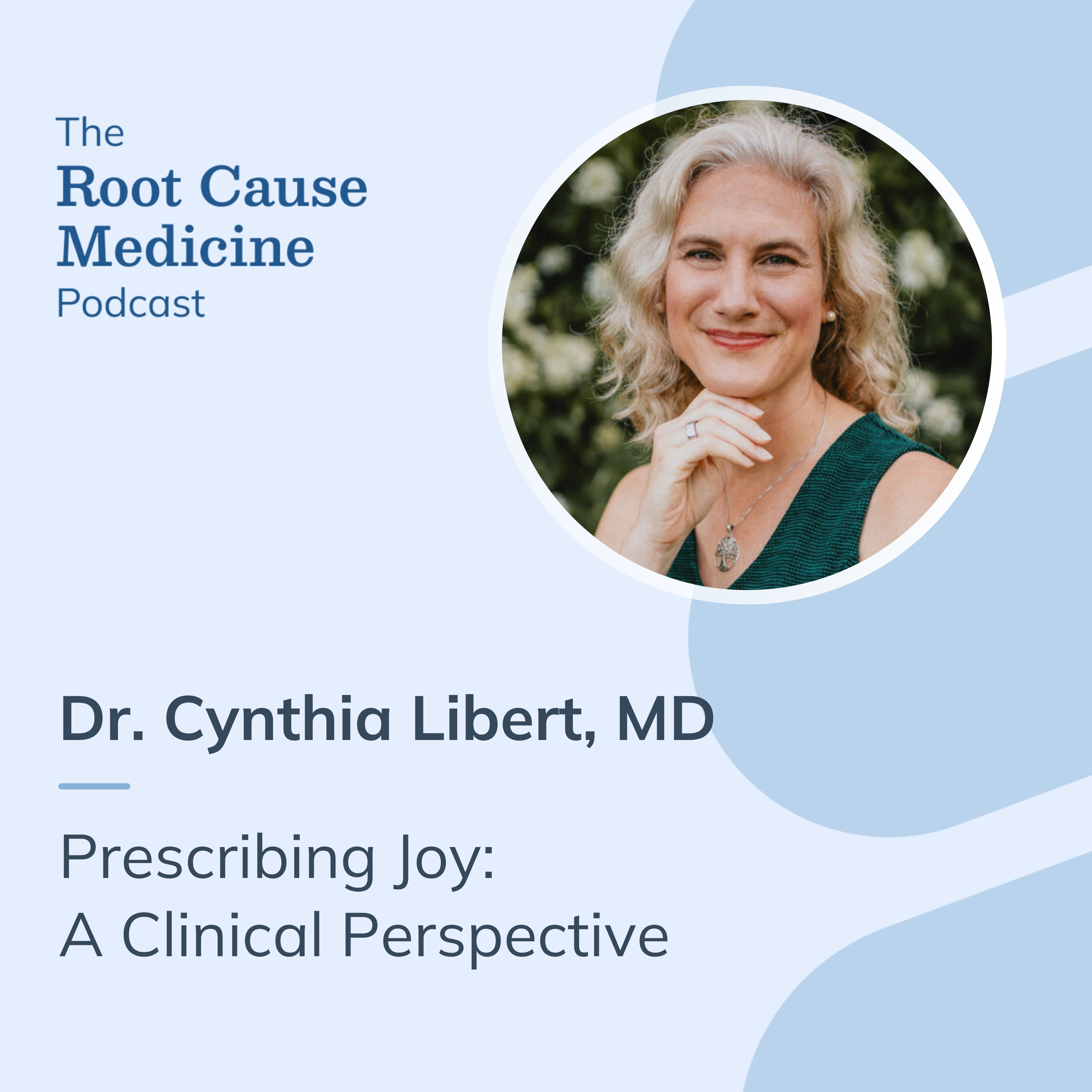


%201.svg)




